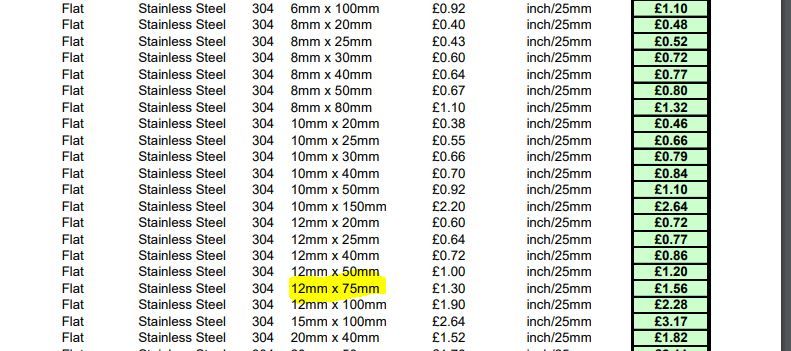Best machining process
Best machining process
- This topic has 39 replies, 20 voices, and was last updated 12 September 2022 at 15:06 by
 JasonB.
JasonB.
- Please log in to reply to this topic. Registering is free and easy using the links on the menu at the top of this page.
Latest Replies
Viewing 25 topics - 1 through 25 (of 25 total)
-
- Topic
- Voices
- Last Post
Viewing 25 topics - 1 through 25 (of 25 total)
Latest Issue
Newsletter Sign-up
Latest Replies
- Help me identify my lathe
- Dodgy car parts a new low
- moving 150kg+ machines inside warehouse
- Warco VMC power feed.
- ELECTRICITY IN SPAIN & PORTUGAL
- Selling an Expensive Item
- Lathe floor height?
- New member – Nef (from Scotland)
- Half Scale 1/4HP A J Weed Engine
- Building Bernard Tekippe’s Precision Regulator





